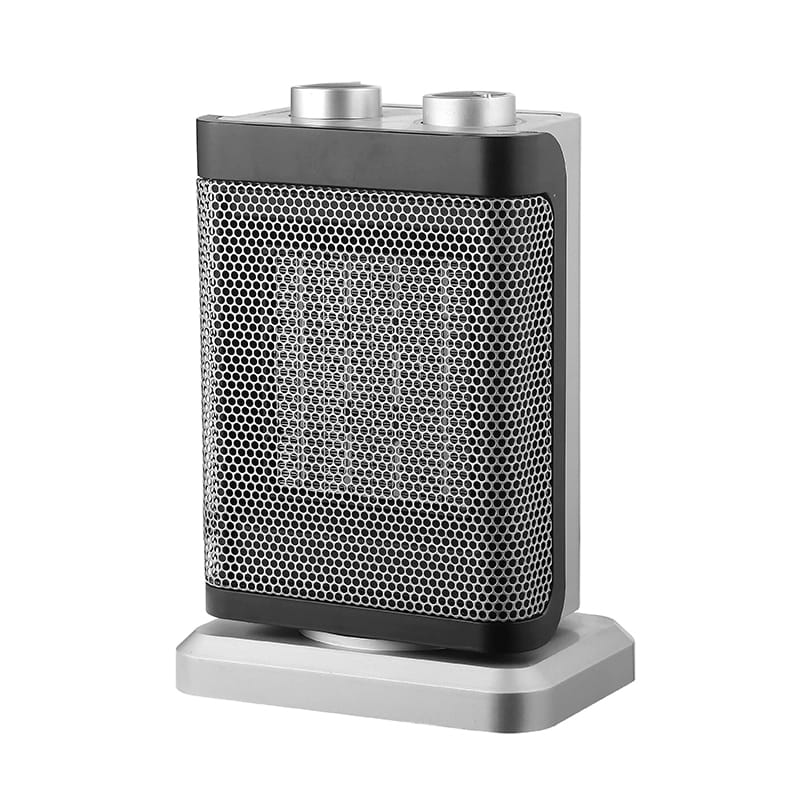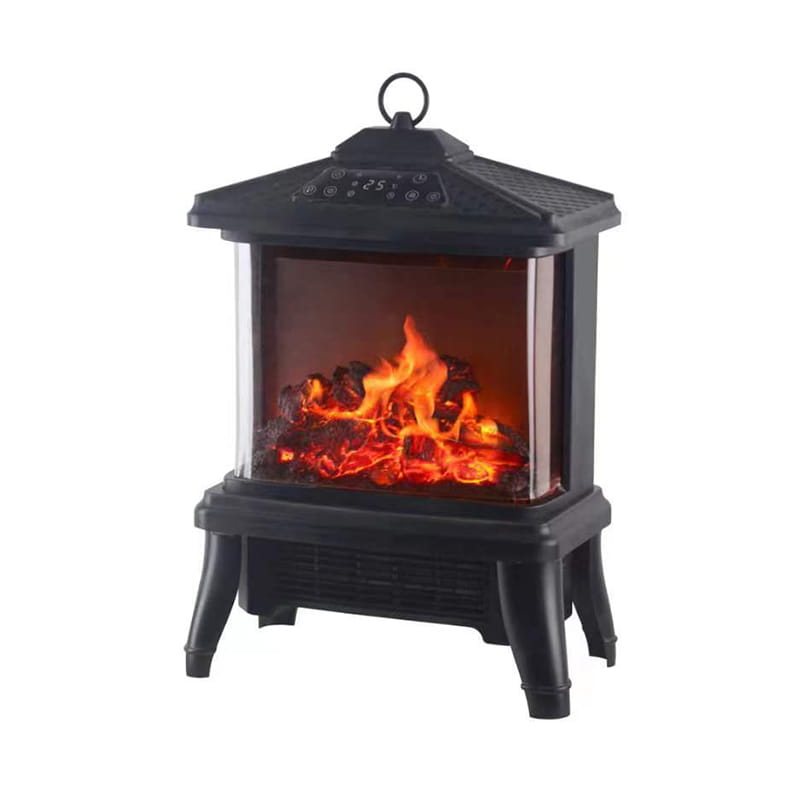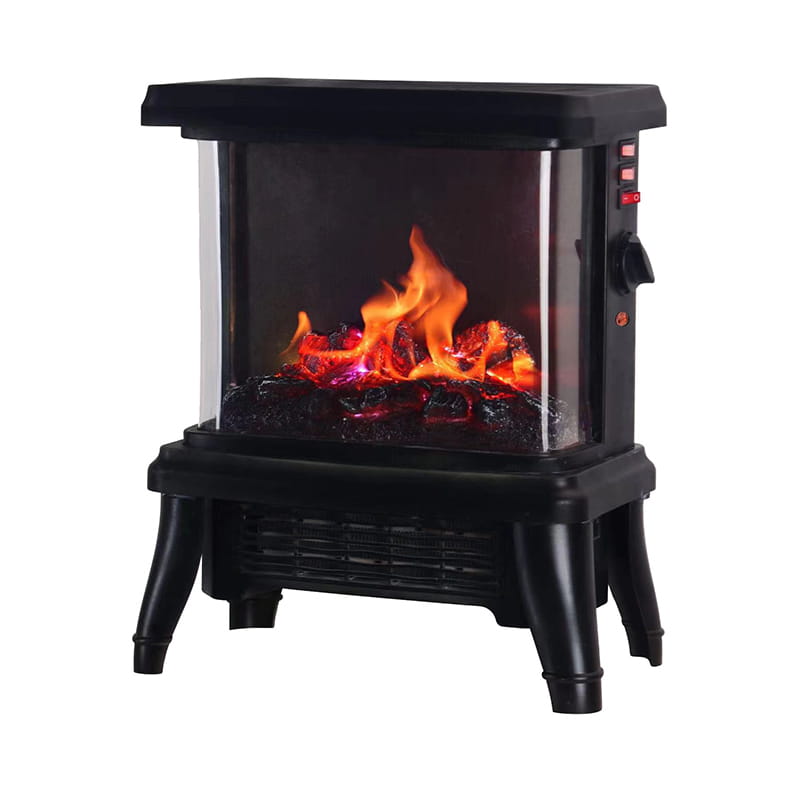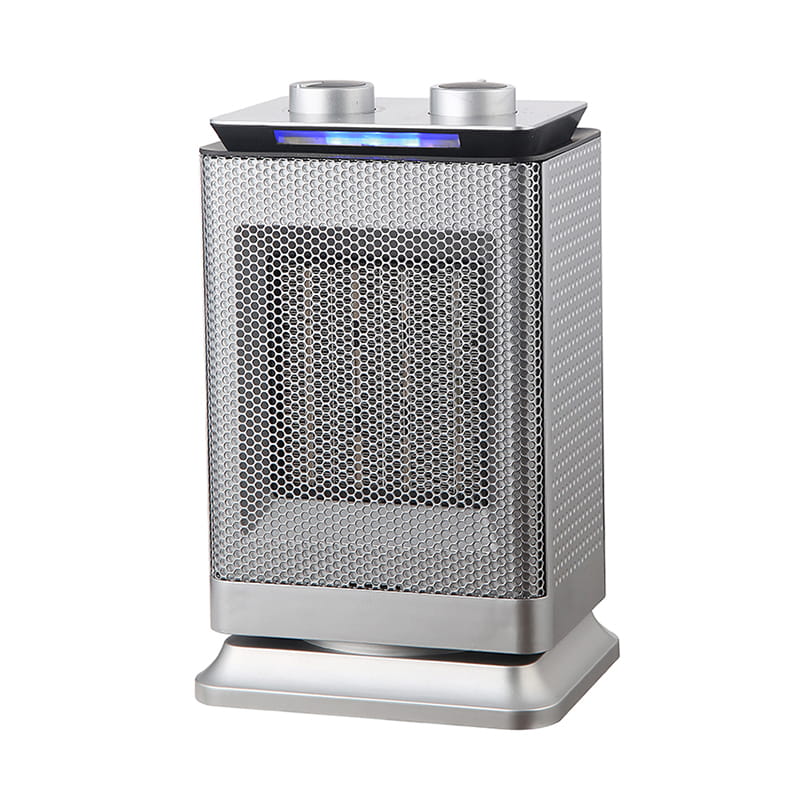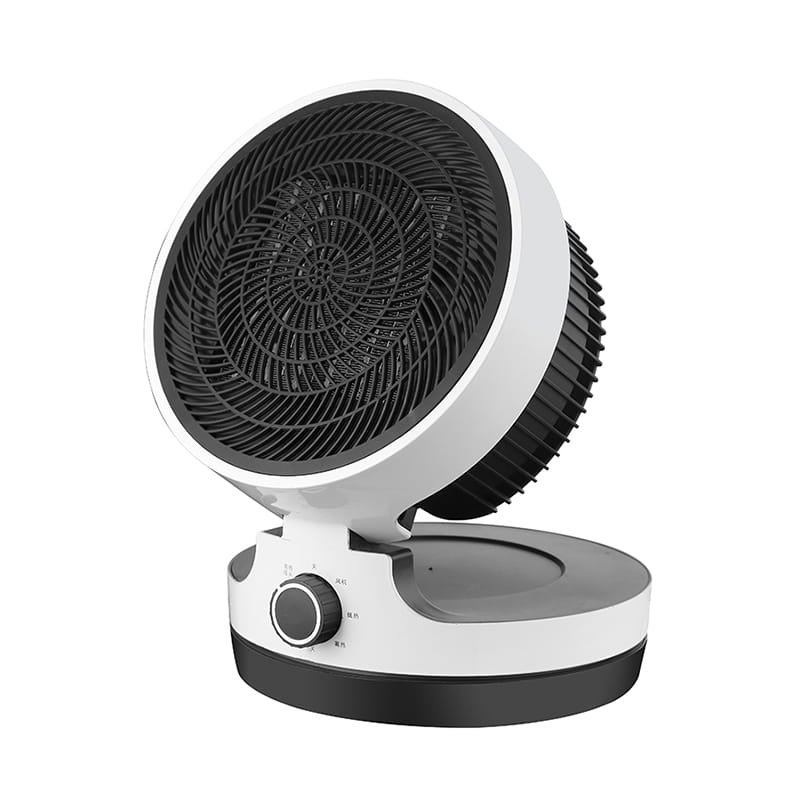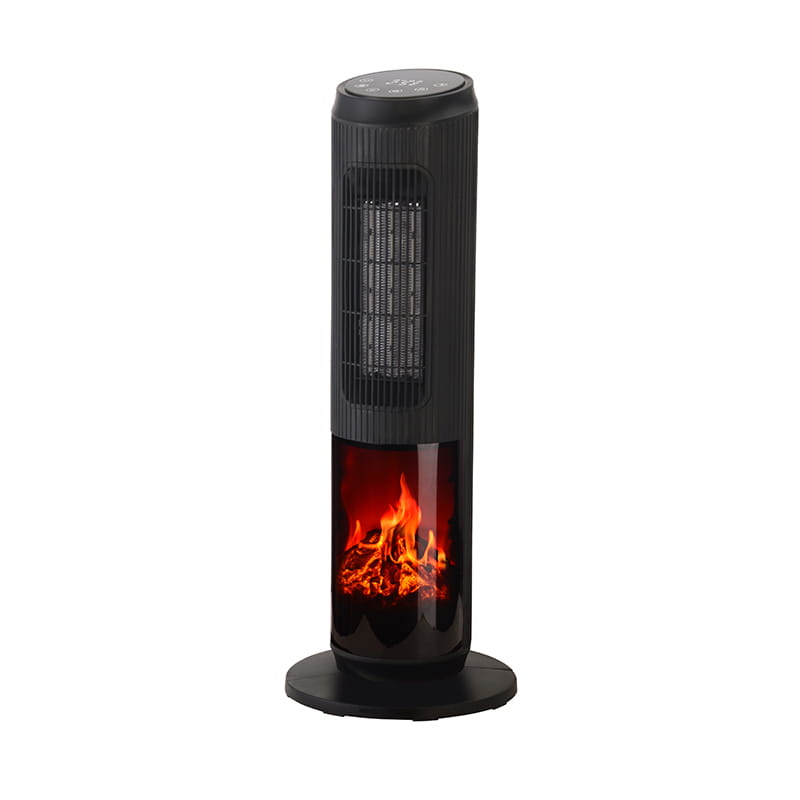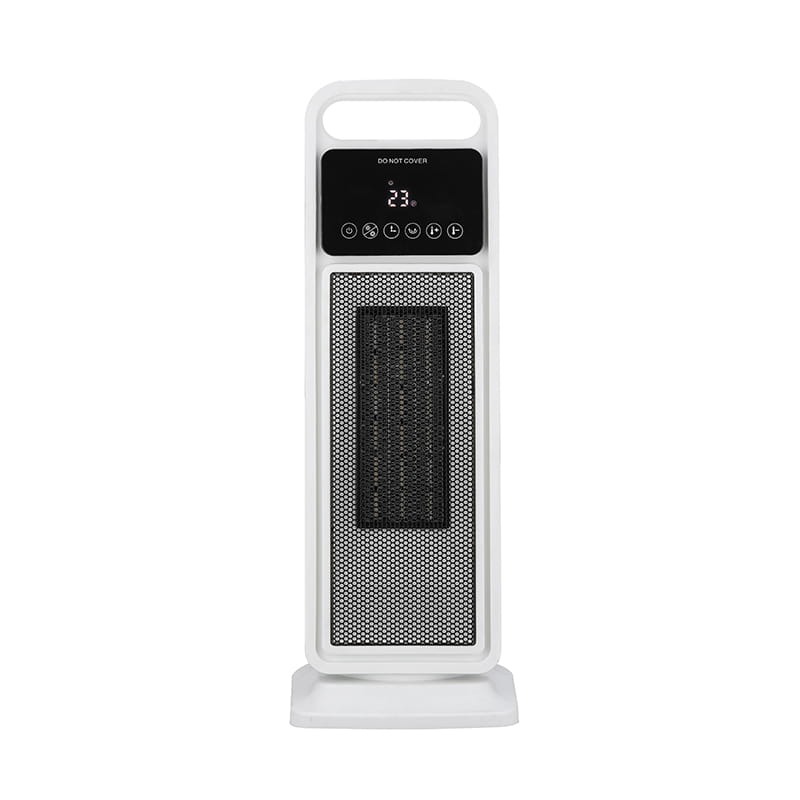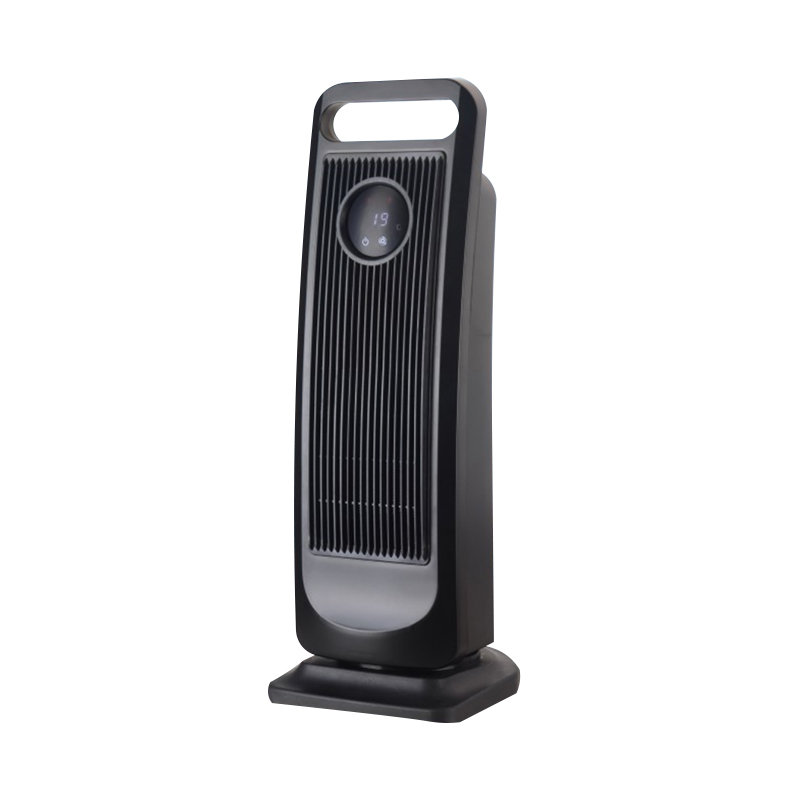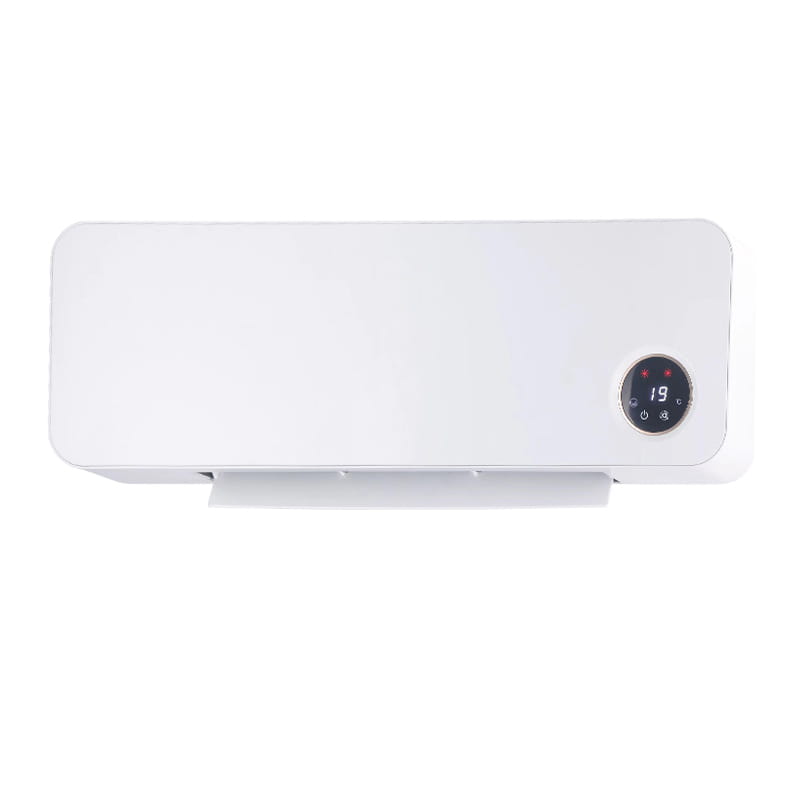What is the difference between an ice crusher and an ice cube machine?
In daily life, especially in summer or in the catering industry, ice cubes and crushed ice are often used to cool down or add flavor to food and drinks. As common ice-making equipment, ice cube machines and ice crushers have certain differences in their working principles and final products. So, what is the difference between an ice crusher and an ice cube machine? How should we make choices based on our needs?
Content
1. Differences in ice production forms
Ice crusher: The ice crusher mainly breaks ice cubes into small and fine ice particles. Crushed ice is usually loose, with smaller particles and fine particles on the surface. It is suitable for situations where rapid cooling and fast melting are required. Crushed ice has a large surface, a wide contact area, and a very significant cooling effect. Therefore, it is very common in making cocktails, iced drinks, food preservation and other occasions.
Ice cube machine: The ice cube machine freezes water and makes large ice cubes. Ice cubes are usually square or cylindrical in shape and are relatively solid and dense in texture. They are commonly found in ice bins in refrigerators or commercial ice machines. The cooling effect of ice cubes is slower because its contact area is smaller, so the melting speed is also slower. It is suitable for long-term preservation, refrigeration, or use in drinks to maintain cooling temperature.
2. Differences in applicable scenarios
Ice crusher: The crushed ice produced by the ice crusher is suitable for occasions that require rapid cooling or intensive cooling. For example, in the catering industry, crushed ice is often used in cocktail bars, iced drinks, seafood preservation and other fields. Crushed ice is very suitable for beverage preparation. It can dissolve quickly and increase the taste and coldness of the drink. In addition, crushed ice is also often used for food preservation, such as the preservation and display of seafood, meat, etc. Because of its large surface contact area, it can quickly reduce the temperature of the food and keep the food fresh.
Ice cube machine: The ice cubes produced by the ice cube machine are usually used in scenarios such as refrigeration of cold drinks in the catering industry, cooling of cocktails in bars, and refrigeration of wine bottles in hotel bars. Large ice cubes do not melt as quickly as crushed ice, so they are particularly suitable for places that need to keep cold for a long time. For example, at family gatherings or outdoor barbecues, ice cubes can be used to keep drinks cold for longer periods of time. In the catering industry, ice cube machines are often used to refrigerate drinks and maintain the chilling effect of wine and beverages.

3. Differences in cooling effects
Ice crusher: Due to the large surface contact area of crushed ice, it can quickly reduce the temperature of objects. For example, when crushed ice is used to refrigerate food, it can keep the food fresher more quickly. In beverage preparation, crushed ice melts quickly and can quickly dilute the drink, making it more completely chilled. For some scenes that require rapid cooling, crushed ice is undoubtedly the first choice.
Ice cube machine: The cooling effect of ice cubes is relatively slow, but also longer-lasting. Due to the high density of ice cubes, small contact area and slow melting speed, ice cubes can maintain low temperatures for a longer period of time and are suitable for scenarios where cooling is required. For example, in a bar, ice cubes can keep the drink cold for a longer period of time, making the drinking experience more lasting.
4. Equipment design and capacity
Ice Crusher: Ice crushers are usually designed specifically for catering or commercial use. Its equipment is generally small, suitable for frequent use, and can quickly produce a large amount of crushed ice to meet high-frequency needs. Ice crushers are generally simple in design, easy to operate, and easy to clean and maintain.
Ice cube machine: Ice cube machine is usually large in size, has fast ice making speed and strong production capacity, and is suitable for occasions that require a large amount of ice cubes. They are commonly found in commercial environments, such as hotels, restaurants, bars and other places. Ice machines usually have larger capacities and can provide enough ice to meet demand during peak hours. In some large commercial environments, ice cube machines are essential equipment.
5. Energy consumption and efficiency
Ice crusher: Because the ice crusher works by breaking large ice cubes into small particles, its ice making efficiency is usually high. It can produce a large amount of crushed ice in a short period of time and is suitable for environments that require rapid ice production in a short period of time. However, due to the loose structure of crushed ice, the ice crusher may require more energy to maintain the stability of the equipment.
Ice cube machine: Due to the different ice making methods, the efficiency and energy consumption of ice cube machines are relatively stable. The production of ice cubes usually takes a long time, and the ice cubes produced are larger, so its energy consumption is relatively low, but if a large amount of ice is needed, the equipment will run for a long time.
6. Maintenance and cleaning
Ice crusher: The ice crusher has a simpler design and is easier to clean. Since the particles of crushed ice are small, it is easy to accumulate some ice chips and impurities inside the equipment, so it needs to be cleaned regularly to keep the equipment running well.
Ice cube machine: Cleaning the ice cube machine is relatively complicated. Due to the large size of the ice cubes, the ice cubes inside the device may clump or retain moisture, causing scale or stains. Regular cleaning of the ice cube machine can avoid clogging of the equipment and keep the ice cubes hygienic.
Ice crushers and ice cube machines each have their own advantages and applicable scenarios, and the two are not simply substitutes. When selecting, the main considerations are the required ice form, cooling needs and usage environment. Ice crushers are suitable for occasions where rapid cooling and fast melting occur, such as catering, preservation, etc., while ice cube machines are more suitable for occasions where long-term cold storage is required, such as refrigerated drinks, cocktail bars, etc. Only by choosing the right device based on actual needs can you maximize work efficiency and user experience while maximizing its advantages.
-
Feedback

 English
English Deutsch
Deutsch 中文简体
中文简体
